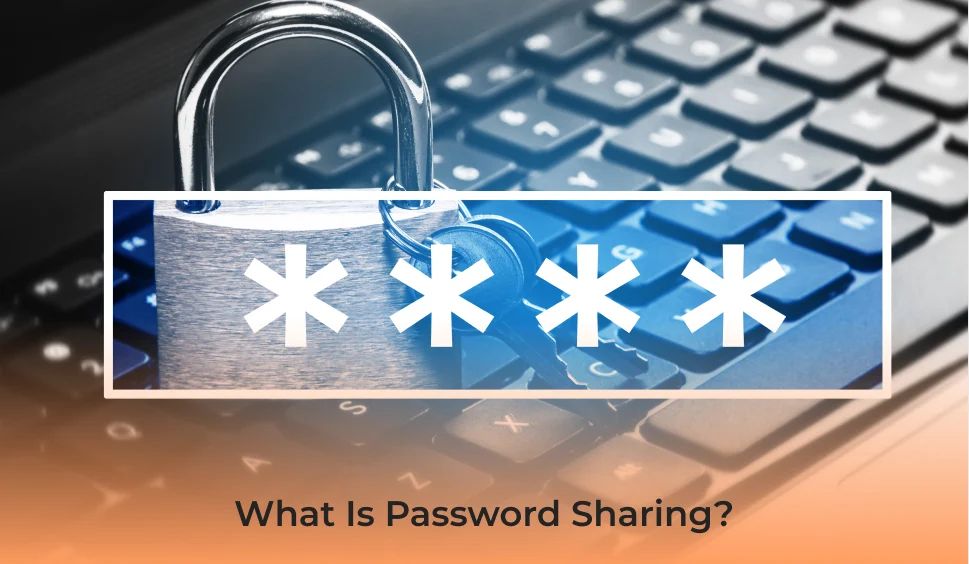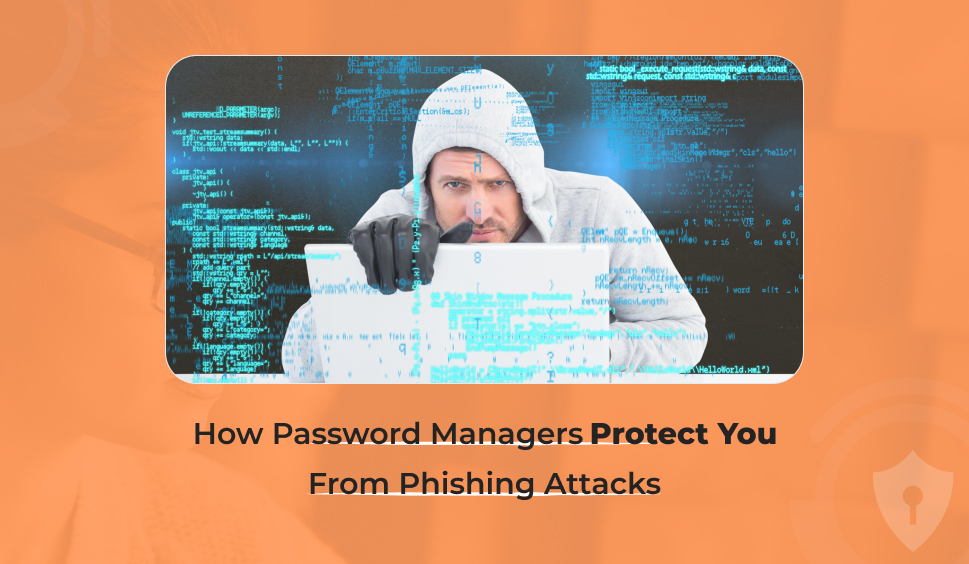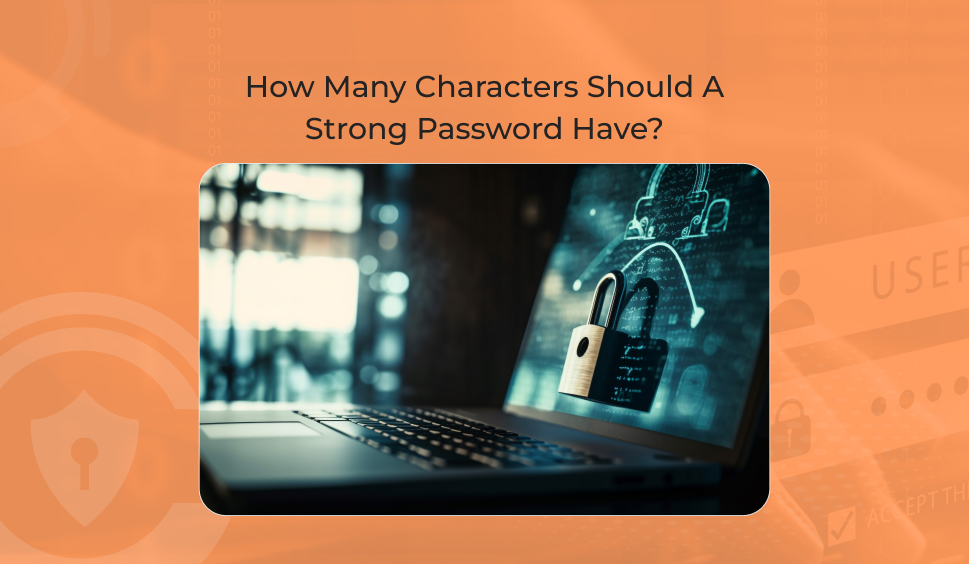
What is Password Sharing?
With the rise of numerous online accounts, subscription platforms, and streaming services these days, password sharing has become a common practice. People usually share their login credentials among friends, family, or colleagues for ease, cost-saving, or access in difficult times or worst-case scenarios. Though, uncertainly and insecurely sharing passwords can make your accounts vulnerable to major risks. In this blog, we’ll debate the advantages and disadvantages of password sharing, its risks, and how to do it safely and easily.
What is Password Sharing?
Password sharing is about providing someone with your login credentials, such as your username and password, to access an account or service. It’s quite usual for people to share their passwords for streaming platforms such as Netflix, Amazon Prime, or for services like Wi-Fi networks. While it’s easy, sharing passwords inappropriately could make your accounts open to the risks related to unauthorized access.
Common Reasons for Password Sharing
There are a number of reasons why people share their passwords:
-
Cost Savings
A key reason for password sharing is to save money. Instead of numerous individuals paying for individual subscriptions, one person could pay and share the password with others. This is common for services such as Netflix, Hulu, or Amazon Prime.
-
Emergency Access
In personal settings, passwords are infrequently shared for emergency reasons. Family members might require access to crucial accounts such as online banking or insurance during any emergency.
-
Sharing Details at Work
Employees usually share passwords to work on collective tasks like managing company social media accounts or accessing shared documents, enabling streamlined work processes, but it could also result in security risks if done unsafely.
-
Wi-Fi Access
Sharing Wi-Fi passwords with guests is common, but could make your network open to threats if done incorrectly, such as via unsecured messaging platforms.
Ways People Often Share Passwords
While sharing passwords may seem easy, it’s often done in uncertain ways:
-
Text Messages or Messaging Apps
Sharing passwords through SMS, WhatsApp, or Slack is common but has major risks due to not being encrypted.
-
Emails
Sharing passwords via email is also risky, as it is common for cybercriminals to target email accounts.
-
Writing Passwords Down
Mostly, people write passwords down on paper or in notebooks, which could effortlessly be lost or taken.
-
Storing in Documents
Some keep passwords in Excel sheets or Word documents, which are not safe and could be hacked.
The Risks of Password Sharing
While password sharing can seem inoffensive, it conveys numerous risks:
-
Account Compromise
Sharing passwords in an uncertain way, such as through text or email, could result in unauthorized access. If a password ends up in the wrong hands, it can be used to steal personal details or hijack the account.
-
Password Reuse
Numerous people reuse passwords across numerous sites. If one account is compromised, all accounts utilizing a similar password are at risk. According to a survey by Keeper Security, 56% of respondents reuse passwords, risking their online security.
-
Social Engineering Outbreaks
Cybercriminals often use social engineering tactics to trick individuals into revealing their passwords. For instance, a hacker might impersonate a family member and request a password, exploiting the trust within relationships.
-
Loss of Ownership
Sharing passwords maximizes the risk of losing control of your accounts. If the person you share the password with makes changes to it without your knowledge, you can lose access completely.
-
Workplace Security Concerns
Sharing passwords in a work setting can result in breaches, specifically if employees leave the company and retain access to sensitive information.
How to Share Passwords Securely?
To lessen the risks linked with password sharing, follow these best practices:
-
Use a Password Manager
The best and secure way to share passwords is using a password manager. Tools such as Credentius password manager enable users to keep and safely share passwords. Password managers encrypt your login information, making it unreachable to anyone except the person you share it with.
Few password managers even provide one-time sharing, meaning the recipient only gets access to the password for a restricted time, decreasing the risk of unauthorized access.
-
Avoid Unencrypted Channels
Always prevent sharing passwords via unsecured channels such as text messages, emails, or social media. These techniques leave your credentials bare to possible hackers. Using a password manager or encrypted messaging apps is recommended instead.
-
Enable Multi-Factor Authentication (MFA)
To incorporate an additional layer of security, enable multi-factor authentication (MFA) on your accounts. MFA needs users to verify their individuality via a secondary method, like a code sent to a phone, along with entering a password.
-
Use Temporary Passwords
When sharing passwords for short-term use, consider setting up temporary or one-time-use passwords, which automatically expire after a set time, minimizing the risk of exploitation.
-
Be Cautious When Sharing at Work
If sharing passwords in a workplace setting, make sure that only authorized employees get access. Use a password manager that enables the IT team to control permissions and manage who has access to sensitive accounts. The Principle of Least Privilege (PoLP) must be followed by only offering employees access to the details they need for their job.
Why Choose Credentius for Secure Password Sharing?
Credentius is a trusted and user-friendly password manager that improves your online security while streamlining password management. It enables you to safely keep, generate, and share passwords across devices with strong encryption to avoid unauthorized access. Whether for personal or business use, Credentius ensures secure password sharing and real-time updates. Say goodbye to insecure ways, such as emails or text messages, and secure your accounts with Credentius for a protected digital experience.

 Let's Discuss Your Tech Solutions
Let's Discuss Your Tech Solutions 




